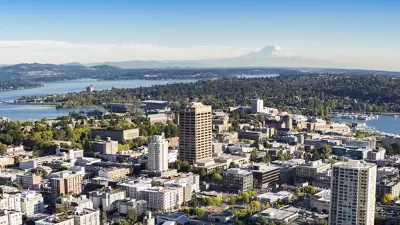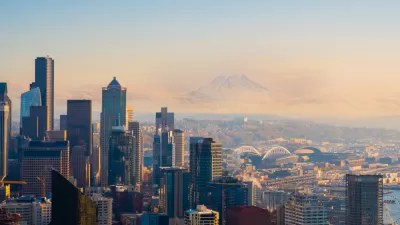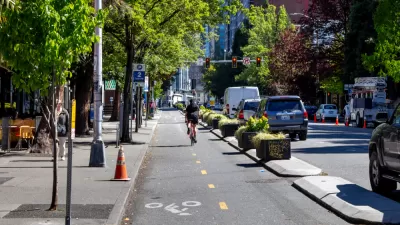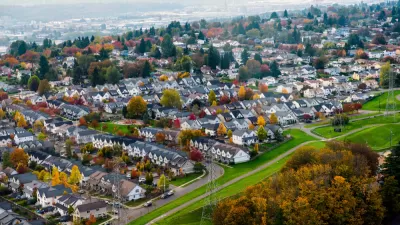With the city getting ready to update its comprehensive plan, one writer examines some models for improving affordability, accessibility, and community in Seattle.

“The reality of cities is that they are alive,” writes Natalie Bicknell Argerious in The Urbanist. “Cities, and the neighborhoods within them, are not fixed to a single moment in time or population of people. They grow and change as the waves of people who inhabit them age, move, take root, and die.” On the heels of a New York Times article asking a similar question about that city, Bicknell Argerious asks of Seattleites, “What do we want this city to be? And who do we want it to belong to?”
Based on a presentation Bicknell Argerious saw put on by University of Washington architecture graduate students, the answer, for those students, was simple: “They wanted the next Seattle to be a city they — a generation currently priced out — could choose to lead a quality life.” Bicknell Argerious notes that the student suggestions fell into four main categories: “increasing affordable housing choices, creating intentional community, maximizing access to green space, and finding creative ways to fill in the gaps in neighborhoods.” The article details the proposals students had for building affordable, mixed-use development that accommodate a variety of household types, businesses, and income levels.
As the city gears up to update its Comprehensive Plan, the author writes, now is the time for Seattleites to make their voice heard on issues of housing, zoning, land use, and their general vision for the future of their city.
FULL STORY: What Do We Want From Our Next Seattle?

Study: Maui’s Plan to Convert Vacation Rentals to Long-Term Housing Could Cause Nearly $1 Billion Economic Loss
The plan would reduce visitor accommodation by 25,% resulting in 1,900 jobs lost.

North Texas Transit Leaders Tout Benefits of TOD for Growing Region
At a summit focused on transit-oriented development, policymakers discussed how North Texas’ expanded light rail system can serve as a tool for economic growth.

Why Should We Subsidize Public Transportation?
Many public transit agencies face financial stress due to rising costs, declining fare revenue, and declining subsidies. Transit advocates must provide a strong business case for increasing public transit funding.

How to Make US Trains Faster
Changes to boarding platforms and a switch to electric trains could improve U.S. passenger rail service without the added cost of high-speed rail.

Columbia’s Revitalized ‘Loop’ Is a Hub for Local Entrepreneurs
A focus on small businesses is helping a commercial corridor in Columbia, Missouri thrive.

Invasive Insect Threatens Minnesota’s Ash Forests
The Emerald Ash Borer is a rapidly spreading invasive pest threatening Minnesota’s ash trees, and homeowners are encouraged to plant diverse replacement species, avoid moving ash firewood, and monitor for signs of infestation.
Urban Design for Planners 1: Software Tools
This six-course series explores essential urban design concepts using open source software and equips planners with the tools they need to participate fully in the urban design process.
Planning for Universal Design
Learn the tools for implementing Universal Design in planning regulations.
City of Santa Clarita
Ascent Environmental
Institute for Housing and Urban Development Studies (IHS)
City of Grandview
Harvard GSD Executive Education
Toledo-Lucas County Plan Commissions
Salt Lake City
NYU Wagner Graduate School of Public Service





























